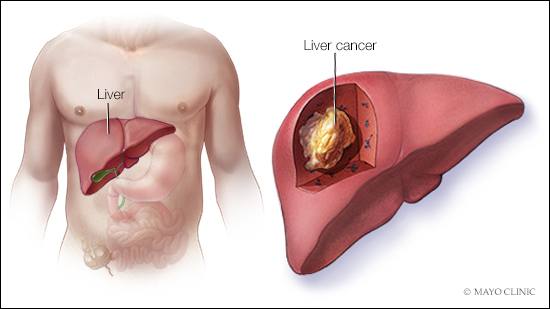
While still relatively rare, the rate of primary liver cancer has been increasing in recent decades, disproportionately affecting minority populations.
"Research has shown that Blacks and Hispanics are less likely to be diagnosed with liver cancer at an earlier stage, compared to whites," says Dr. Sumera Ilyas, a Mayo Clinic gastroenterologist. "And that, in turn, means the odds of being eligible for potentially curative treatments are lower for these patients."
These disparities are due to many potential reasons.
"These differences in diagnosis may be due to differences in access to primary or subspecialty health care. They may also be due to differences in surveillance," explains Dr. Ilyas.
The National Cancer Institute estimates that more than 42,000 new cases of liver cancer will be diagnosed in 2021, representing 2.2% of all new cancer cases in the U.S.
The most common type of primary liver cancer is hepatocellular carcinoma. Other types of liver cancer, such as intrahepatic cholangiocarcinoma and hepatoblastoma, are much less common.
"The vast majority of liver cancers — over 90% — occur in patients who have a chronic liver disease," says Dr. Ilyas. "Cirrhosis, or advanced scarring of the liver, is the strongest risk factor for hepatocellular carcinoma."
Chronic infection with the hepatitis B or hepatitis C viruses also increases your risk of liver cancer.
A wide range of treatment options for primary liver cancer are available. Which treatment is used depends on the stage of the disease.
On the Mayo Clinic Q&A podcast, Dr. Ilyas discusses liver cancer diagnoses and treatment options, and the importance of prevention.
Watch: Dr. Ilyas discuss liver cancer.
For more information and all your COVID-19 coverage, go to the Mayo Clinic News Network and mayoclinic.org.








